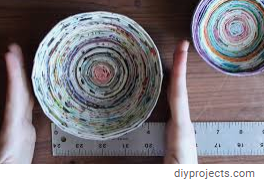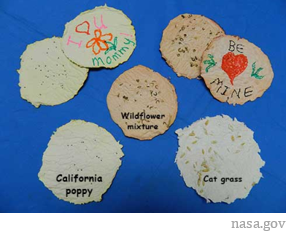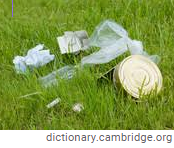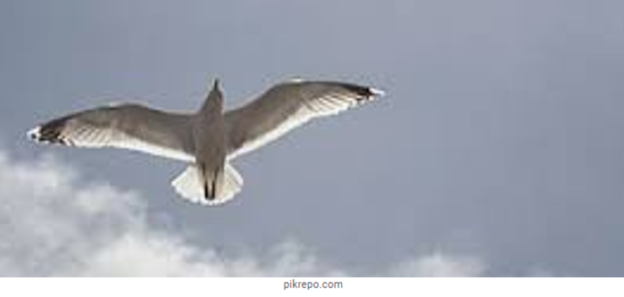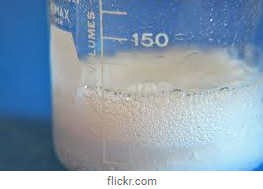April 30- May 1
The end of National Poetry Month is not an end at all. It’s the beginning of a new year of exploring the many gifts reading and writing poetry can bring into our lives. So we end April and move into May with a few ideas to keep you reading and writing throughout the year.

Blackout Poetry is a type of “found poetry” that involves darkening sections of previously published writing in order to create a poem. While this type of poetry often involves the use of black markers, it can be particularly creative and exciting to use colored media to create a visual artwork that interacts with the written words. We’ve linked a Scholastic article that takes this process step-by-step to lead you into creating beautiful works of written and visual art. The artwork feature today is all offered with permission from Stacy Antoville, the art teacher cited in this article. For more exquisite student art, follow her class on Instagram @art_o_ville.
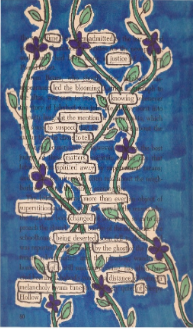
We want you to get up and moving every day during quarantine, so here’s an activity to incorporate with a daily walk. Grab a pen or pencil and notepad, or if you prefer use a notepad app. Take a walk, preferably a good long one. Write down at least 5 things you see, 3 things you do, and 1 thing you overhear. Draw a quick sketch of one thing you see. You may or may not actually decide to use this in a poem later. The point is to notice details. (Adapted from an activity offered by Erika Meitner, VQR Writers’ Conference, 2019).
There are numerous audio and downloadable poetry books at the Jefferson Madison Regional Library. Temporary library cards are available online during quarantine.
Our director, Mary Anna Dunn, will be offering an online poetry class through Charlottesville Parks and Recreation’s Adaptive Recreation Program later this summer. Details TBA.


